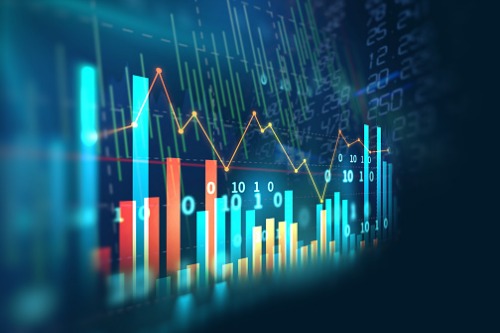

The global reinsurance market is approaching equilibrium, or so says a new report from Willis Re, the reinsurance division of Willis Towers Watson.
Reinsurance rate increases continued for most major lines and territories during the 1.6 and 1.7 renewal period, according to the report. However, in many cases, reinsurers were forced to accept firm order terms below their initial quotes. This indicates that the market is heading for equilibrium, according to Willis Re.
Despite reinsurers efforts to maintain pricing momentum, rate increases were moderated by their good Q1 results, generally low catastrophe losses, rising underlying reinsured premium volumes, positive investment results, and the strong economic recovery from COVID-19. Capacity overall remained sufficient to meet demand, but reinsurers resisted competing for topline revenue, so poorly performing classes were constrained, Willis Re reported.
Concerns over inflation and COVID-related loss developments had no impact on pricing, with flat or moderately rising rates for property renewals. There were less consistent changes in casualty risk pricing and coverage, although it saw a similar gentle upward trend. An exception was ceding and commissions, which responded more directly to changes in the underlying rates and terms and conditions, Willis Re said.
This momentum continued in the catastrophe bond market. The market posted about US$6 billion (around SG$8.11 billion) of new issues in Q2, outpacing all new cat bond capacity issued in 2019.
“The global reinsurance market is moving towards an equilibrium,” said James Kent, global CEO of Willis Re. “Reinsurers, backed by resilient investors delivering an increasing capital base, are robust and well-positioned to provide the long-term support their clients expect and need. These clients recognise the value of a stable and broad reinsurance marketplace, so have continued to grant rate increases in most instances.
“However, we are approaching the top of a cycle which we believe is unlikely to precede a precipitous and damaging decline in rates. Instead, the market is likely to retain its discipline in order to maintain the balance it has achieved over the past couple of years, especially with the full picture of losses from COVID-19 and prior-year liability lines still to emerge.”
